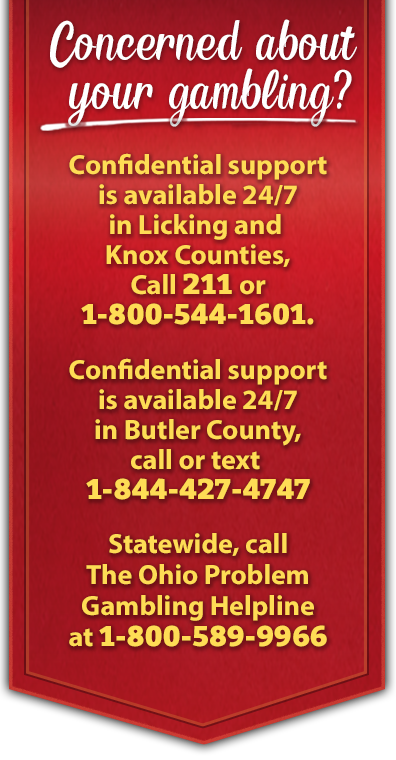 What is unique about the current gambling situation is the speed at which it has gone from an undercurrent in American society to high-profile, socially recognized activity.
What is unique about the current gambling situation is the speed at which it has gone from an undercurrent in American society to high-profile, socially recognized activity.
- The gambling industry has grown tenfold in the U.S. since 1975
- Thirty-seven states now have lotteries
- 15 million people display some sign of gambling addiction
- Two-thirds of the adult population placed some kind of bet last year
- Gambling profits in casinos are more than $30 billion while lotteries are about 17 billion annually
- “Players” with household incomes under $10,000 bet nearly three times as much on lotteries as those with incomes over $50,000
- In 1973 state lotteries had $2 billion in sales. By 1997, the revenues reached $34 billion
- Gambling among young people is on the increase: 42 percent of 14-year-olds, 49 percent of 15-year-olds, 63 percent of 16-year-olds, 76 percent of 18-year-olds.
- There are now approximately 260 casinos on Indian reservations (in 31 states and with $6.7 billion in revenue)
- Internet gambling has nearly doubled every year since 1997 – in 2001 it exceed $2 billion
- The Internet boasts 110 sport-related gambling sites
- According to the American Psychological Association the Internet could be as addictive as alcohol, drugs, and gambling
- After casinos opened in Atlantic City, the total number of crimes within a thirty-mile radius increased 100 percent
- The average debt incurred by a male pathological gambler in the U.S. is between $55,000 and $90,000 (it is $15,000 for female gamblers)
- The average rate of divorce for problem gamblers is nearly double that of non-gamblers
- The suicide rate for pathological gamblers is twenty times higher than for non-gamblers (one in five attempts suicide)
- Sixty-five percent of pathological gamblers commit crimes to support their gambling habit




